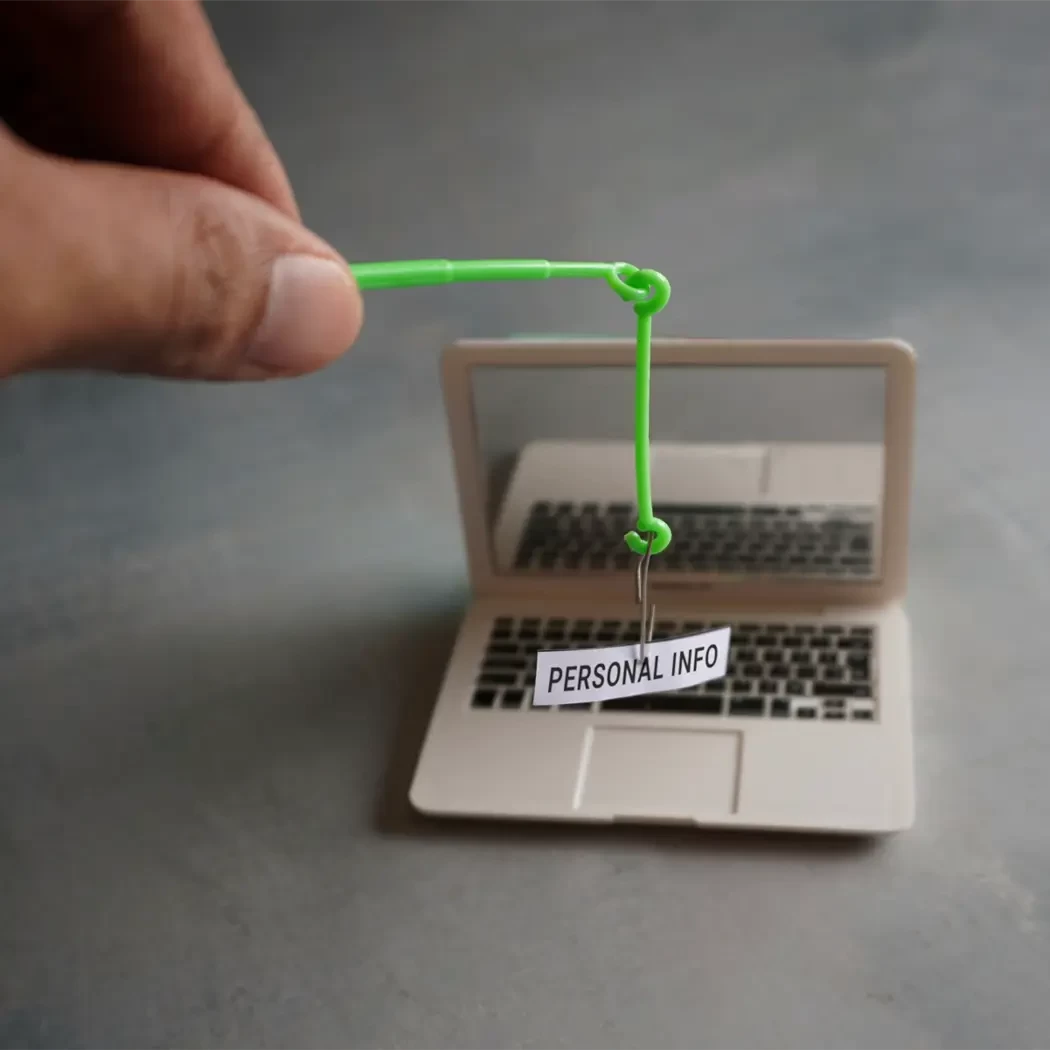Phishing attacks continue to be a prevalent threat in the cybersecurity landscape, targeting individuals and organizations alike through deceptive tactics. Understanding the various types of phishing attacks and implementing safeguards is crucial to protect against these threats.
Types of Phishing Attacks:
Email Phishing:
Email phishing is one of the most common types, where attackers impersonate legitimate entities like banks, companies, or government agencies. They send convincing emails requesting sensitive information such as login credentials, financial details, or personal data. These emails often contain urgent or enticing language to prompt quick action from recipients.
Spear Phishing:
Spear phishing involves highly targeted attacks on specific individuals or organizations. Attackers conduct thorough research to personalize their phishing attempts, using information obtained from social media, company websites, or previous breaches. By crafting messages that appear legitimate and relevant to the recipient, they increase the likelihood of success.
Pharming:
Pharming redirects users from legitimate websites to fraudulent ones without their knowledge. Attackers manipulate DNS settings or exploit vulnerabilities in web browsers or routers to redirect traffic to malicious sites. Users may unknowingly enter sensitive information on these fake websites, which is then harvested by the attackers.
Smishing (SMS Phishing):
Smishing involves phishing attacks conducted via SMS or text messages. Attackers send text messages containing links to fake websites or asking recipients to reply with sensitive information. These messages often create a sense of urgency or offer enticing rewards to trick recipients into divulging their personal data.
Vishing (Voice Phishing):
Vishing utilizes voice communication, typically through phone calls, to deceive victims. Attackers impersonate legitimate entities such as banks or government agencies, using social engineering tactics to gain trust. They may request sensitive information or direct victims to call a fake customer support number to extract personal data.
Safeguards Against Phishing Attacks:
Educate and Train Users:
Regularly educate users about phishing threats, common tactics, and warning signs of suspicious emails, messages, or calls. Conduct phishing simulation exercises to improve awareness and responsiveness among employees.
Use Antivirus and Anti-Phishing Software:
Deploy and regularly update antivirus software with anti-phishing capabilities. These tools can detect and block phishing attempts before they reach users' inboxes or browsers.
Implement Multi-Factor Authentication (MFA):
Enable MFA on all accounts and systems where possible. MFA adds an extra layer of security by requiring additional verification beyond passwords, such as a code sent to a mobile device.
Verify Website Security:
Always ensure websites use HTTPS encryption, indicated by a padlock icon in the browser's address bar. Avoid entering sensitive information on websites without HTTPS, as they may be insecure or malicious.
Be Cautious and Verify Requests:
Encourage users to verify the authenticity of unexpected or suspicious requests for personal information, login credentials, or financial details. Contact the organization directly using trusted contact information to confirm the request's legitimacy.
By understanding the types of phishing attacks and implementing these safeguards, individuals and organizations can significantly reduce their vulnerability to phishing threats. Proactive education, technology solutions, and cautious behavior are essential in defending against evolving cyber threats.
